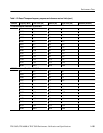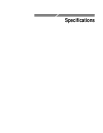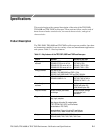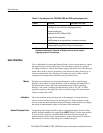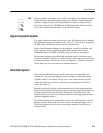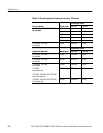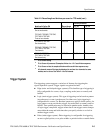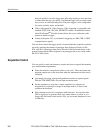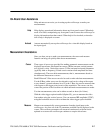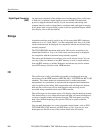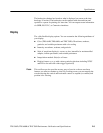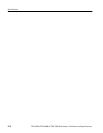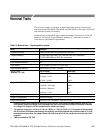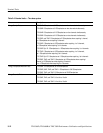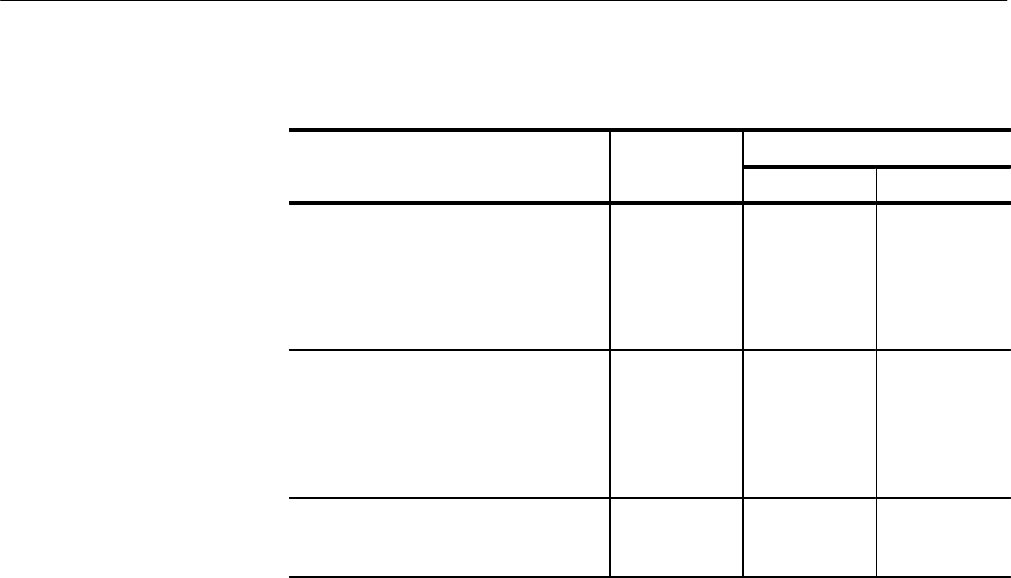
Specifications
TDS 500D, TDS 600B & TDS 700D Performance Verification and Specifications
2–5
Table 2–2: Record length and divisions per record vs. TDS model (cont.)
el i p i 2
Rec r le
Divisions per record
Mod
el
s w
i
th O
p
t
i
on
2
M
Rec
o
r
d
le
ngth
FTS
1
Off
2
FTS
1
On
3
TDS 520D & TDS 724D
One or two channels
TDS 540D, TDS 580D, TDS 754D,
TDS 784D & TDS 794D
Three or four channels
2,000,000 40,000 divs 10 divs
TDS 520D & TDS 724D
One channel only
TDS 540D, TDS 580D, TDS 754D,
TDS 784D & TDS 794D
Two channels
4,000,000 80,000 divs 10 divs
TDS 540D, TDS 754D,
TDS 784D & TDS 794D
One channel only
8,000,000 160,000 divs 10 divs
1
Fit to Screen setting
2
Fit to Screen off preserves 50 samples/division in a 1–2–5 sec/division sequence.
3
Fit to Screen on lets the samples/division and the sec/division sequence vary.
4
All channels means all that may be displayed at one time: four channels for some
models, two for others. See Table 2–1 and its footnote.
Trigger System
The triggering system supports a varied set of features for triggering the
signal-acquisition system. Trigger signals recognized include:
H Edge (main- and delayed-trigger systems): This familiar type of triggering is
fully configurable for source, slope, coupling, mode (auto or normal), and
holdoff.
H Logic (main-trigger system): This type of triggering can be based on pattern
(asynchronous) or state (synchronous). In either case, logic triggering is
configurable for sources, for Boolean operators to apply to those sources, for
logic pattern or state on which to trigger, for mode (auto or normal), and for
holdoff. Time qualification may be selected in pattern mode. Another class
of logic trigger, setup/hold, triggers when data in one trigger source changes
state within the setup and hold times that you specify relative to a clock in
another trigger source.
H Pulse (main-trigger system): Pulse triggering is configurable for triggering
on runt or glitch pulses, or on pulse widths or periods inside or outside limits



